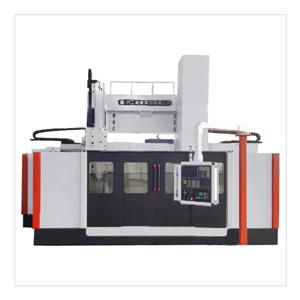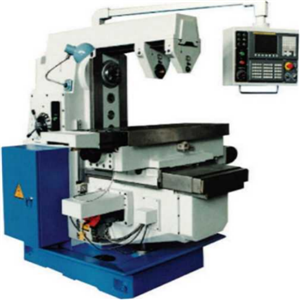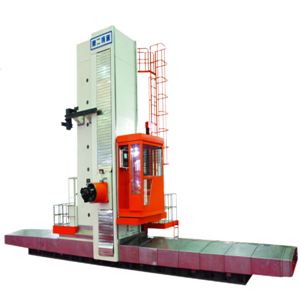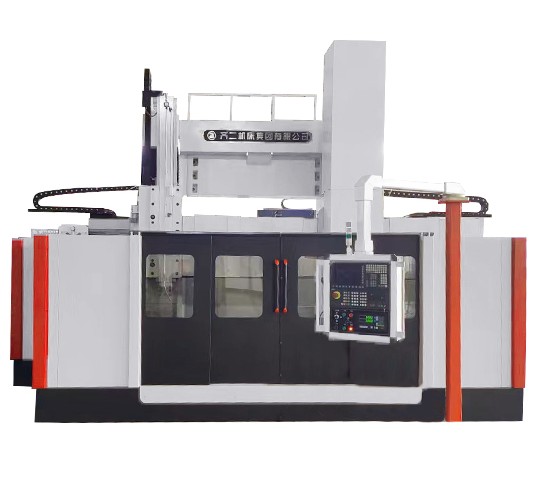Machining Deep Hole Using Machining Center
In fact, using a vertical machining center for hole processing is the most common processing method, but when it comes to deep hole processing, it will encounter great difficulties. However, there are already many effective ways to solve this problem.
The goal is to machine these holes precisely and to achieve good repeatability and surface accuracy as well as good economy. The most important factor in successful deep hole machining is an understanding of machining principles. It is essential to understand what is going on inside the hole as it is drilled, and to know how to apply this knowledge to guide you in the most effective technique.
On the basis of long-term experience accumulation, the three main problems of deep hole machining are solved: to discharge drill chips without damaging the surface of the workpiece; to use coolant to maintain the cooling effect of the drill and the workpiece; and to minimize the processing cycle. Other important factors include machining accuracy, repeatability and surface roughness. In general, a deep hole is defined by the ratio of the diameter of the hole to its depth. It is customary to regard the ratio greater than or equal to 5:1 as deep hole processing.
Generally speaking, there are two deep hole machining methods using vertical machining centers. One uses the average retraction depth to reach the final depth. The other is different retraction depths, each time the depth gradually decreases.
First of all, the removal of chips is not limited to deep hole processing. In each retraction, even if there is only a small distance, it can also break the drill chips, thereby eliminating the problem of drill chips falling into the hole. The time it takes to eject the chip determines the length of the chip, and removing the chip that wraps around the tool is often referred to as "angel's hair." These cuttings cause the coolant to drain as it exits the hole, causing heat buildup on the drill bit and causing excessive tool wear. This situation will eventually lead to complete failure of the tool. The disadvantage of deep hole machining and chip removal is that it takes too much time to complete each hole.
In this method, the time will be spent on tool infeed and rapid retraction, then rapid retraction and infeed. Multiply the time required for a chip removal cycle by the number of holes to be processed plus the delay time. Even if it only adds a few seconds per hole, drilling efficiency is greatly reduced. This inefficiency can become a serious constraint in the processing of products with many processes.
The other is to let the coolant reach the bottom of the hole-when the coolant cannot reach the bottom of the deep hole, chips are likely to block the drilling groove, causing heat to accumulate and damage the drill tool and workpiece.
The control system of most processing equipment provides drilling processing for deep hole processing. After the drill is drilled into the material for a specific distance, it is completely withdrawn from the hole and then drilled into the hole. With this type of drilling cycle, when the drill bit is withdrawn, the cuttings will fall into the hole under the flush of coolant. This situation occurs especially in the processing of steel materials. When the drill bit enters again, it hits the cuttings at the bottom of the hole. The cuttings start to rotate under the action of the tool of the vertical machining center to cut off or melt the cuttings. In manual drilling, the operator can feel the chips obstructing the rotation of the drill and stop machining to clean and blow off the chips. In any case, such a machining cycle can be programmed to pause machining before the last chip removal to avoid such situations.
In the example of machining cycles with different depths of retraction, the first retraction is performed to 1 inch, the next retraction is only 0.5 inches deep, and then 0.25 inches deep, and the last retraction row Chips were only 0.05 inches deeper than the last retraction. The deeper the drill drills in the hole, reducing the retraction depth will help eliminate crowding of chips around the tool. The deeper the hole drilled the more difficult it is for coolant to get in, so retracting both serves to expel chips and allows more coolant to flow to the top of the drill.





